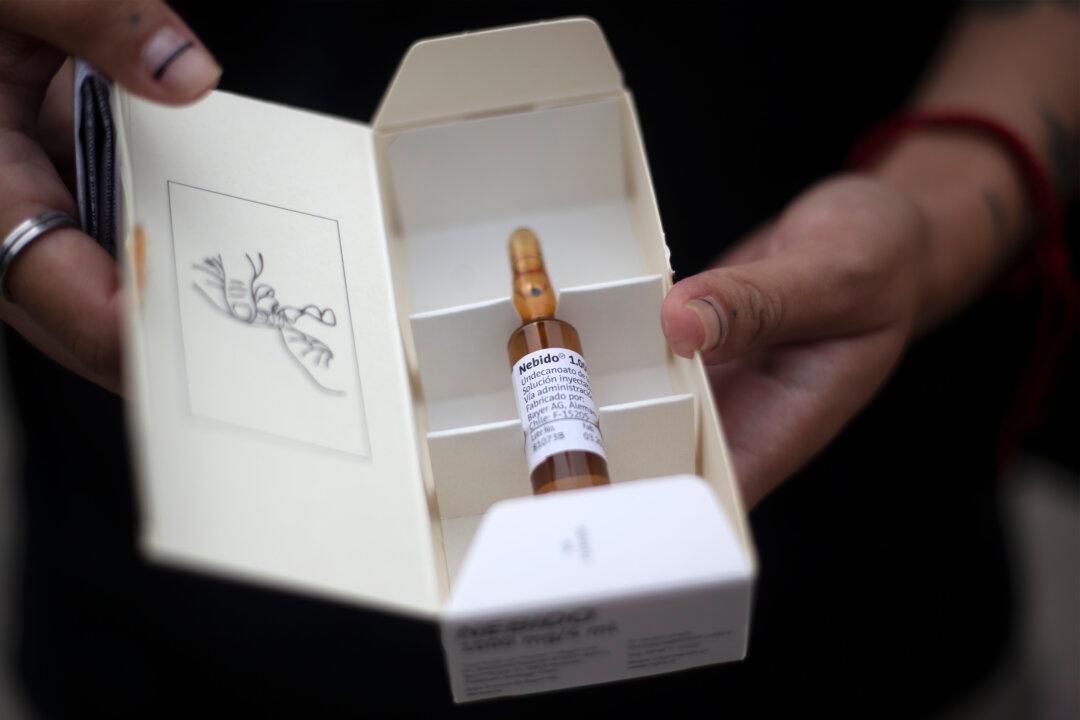Commentary
If a surgeon uses her scalpel to cut into and permanently alter the reproductive organs of a young girl in the name of Third World religious and cultural traditions, we call it “female genital mutilation.”

If a surgeon uses her scalpel to cut into and permanently alter the reproductive organs of a young girl in the name of Third World religious and cultural traditions, we call it “female genital mutilation.”